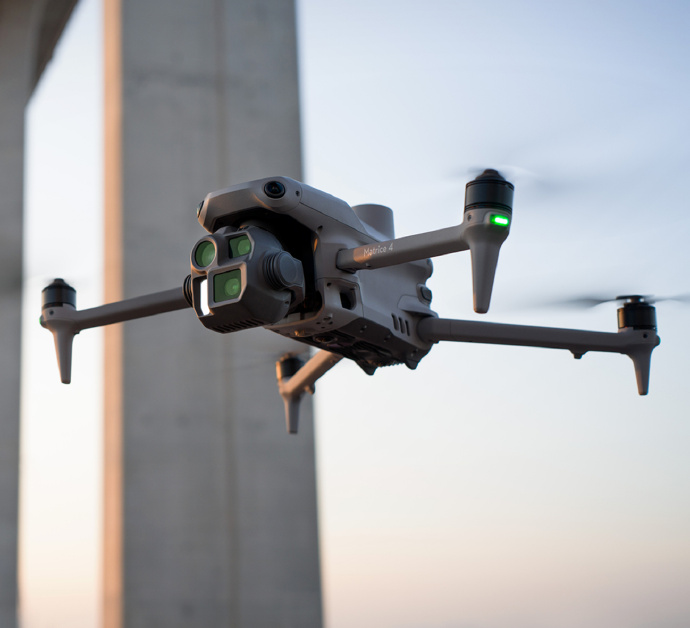To craft your own drone, you’ll need to start with a clear plan and the right components, including motors, propellers, a flight controller, and a frame to hold everything together. Be prepared for an exhilarating yet rewarding experience as you piece together the essential elements of your drone. The joy of seeing it soar independently will make all the effort worthwhile. The key components you’ll need include:
- Motors: Essential for propelling the drone, motors should be decided based on the drone’s size and weight.
- Propellers: Choosing the right size and pitch ensures optimal lift and control.
- Flight Controller: The “brain” of the drone, ensuring stability and navigation.
- Frame: Provides structural integrity and houses all components.
 First, make sure you have a complete set of tools, including a soldering iron, screwdriver set, and pliers. Start by assembling the frame, which will serve as the backbone of your drone. Attach the motors securely and connect the propellers to each motor, ensuring they are properly aligned.
First, make sure you have a complete set of tools, including a soldering iron, screwdriver set, and pliers. Start by assembling the frame, which will serve as the backbone of your drone. Attach the motors securely and connect the propellers to each motor, ensuring they are properly aligned.
Next, integrate the flight controller which will manage the drone’s stability and movements. Carefully follow configuration settings through the specific software recommended for your flight controller model. This step is critical as it assigns vital tasks such as throttle control, yaw, pitch, and roll. Adequately calibrating your controller is essential for a smooth flight experience. Choose a suitable power source. Consider using lithium polymer batteries, known for their lightweight and long-lasting power output. Make sure your drone design accommodates the chosen battery in terms of size and capacity.
Testing Your Build: Take your drone to a safe, open area for testing. Start with basic controls and gradually move to more complex actions. Ensure all functions are responsive and make any necessary adjustments to enhance performance. Pay attention to the drone’s power consumption to ensure efficiency. Practice safe flying techniques, always respecting local regulations regarding drone usage.
As hobbies go, building a drone offers vast opportunities for innovation, whether you’re interested in drone racing or aerial photography. Once mastered, your DIY drone-building skills can open doors to custom modifications and enhancements, boosting your creativity and technical prowess.
Frequently Asked Questions:
What type of materials are best for drone frames? Typically, carbon fiber is favored for its durability and lightweight properties, though metal and plastic are used in various designs depending on the specific requirements and budget.
How can I improve my drone’s battery life? Minimize weight wherever possible and opt for batteries with higher capacity. Efficient flying and reduced aerodynamic drag also contribute to longer-lasting flights.
Do I need a permit to fly my drone? Regulations vary significantly by location. In many regions, drones must be registered, especially those over a certain weight. Check your local aviation authority for precise guidelines and ensure compliance.